Your Jeweler’s Tell-All Guide to Choosing and Caring for Gemstones
For most of my adult life, my hands have been covered in the dust of gemstones. I’ve held them as rough, unassuming chunks straight from the earth and felt the unique vibration of a saw making that very first, crucial cut. Honestly, there’s a certain kind of patience you only learn from grinding and polishing a stone until its soul—its true color—finally shines through. My job is to see that potential and bring it to life in a piece of jewelry that will outlast all of us.
In this article
Lately, it seems like everyone is getting into gemstone jewelry for its personal meaning, which is fantastic. People have always worn stones for their beauty and the stories they carry. But my goal here isn’t to rehash ancient legends you can find anywhere online. It’s to share what I’ve learned from my work at the bench, so you can understand what makes a quality piece of jewelry.
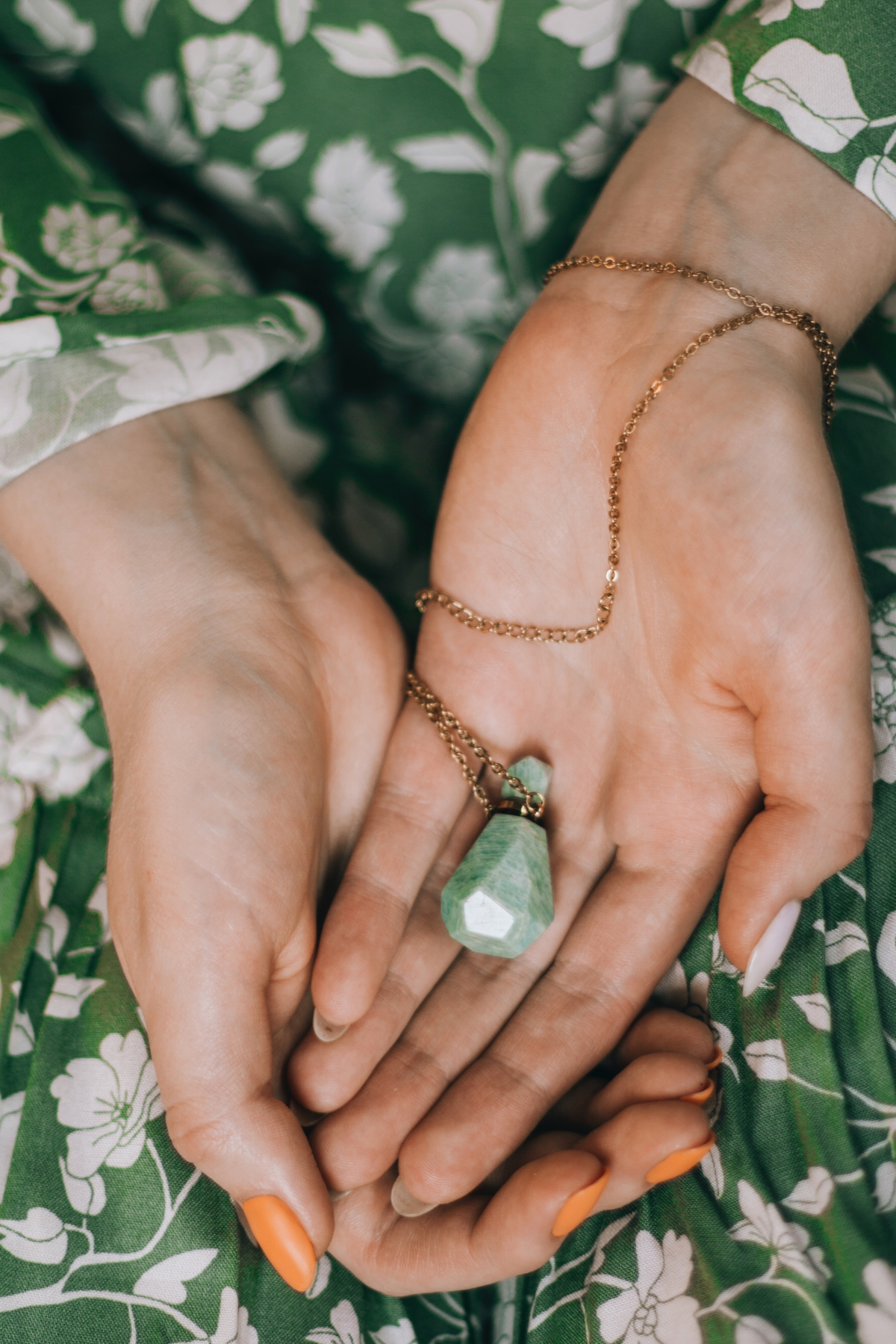
Think of this as a practical guide from a pro. We’ll dig into the science of the stones, look at the techniques used to shape them, and I’ll give you my honest-to-goodness advice on how to buy and maintain your jewelry. After all, a beautiful piece should bring you joy, not problems.
First Things First: Why a Stone’s Inner Strength Matters
Before a stone ever reaches a workshop, it spent an eternity forming deep within the earth. Understanding a little bit of that science is probably the most important step in choosing jewelry that won’t let you down. It tells you exactly how a stone will handle real life.
Crystal Structure: The Gemstone’s DNA
Every true gemstone has a crystal lattice. Don’t let the term scare you; just picture it as a perfectly repeating, 3D pattern of atoms. This internal blueprint is what gives a gem all its unique properties—its shape, the way it breaks, and how it plays with light. For instance, quartz always grows in a hexagonal pattern, which is why natural quartz crystals have those classic six sides. This orderly structure is what separates a genuine gemstone from a simple rock or a piece of glass.
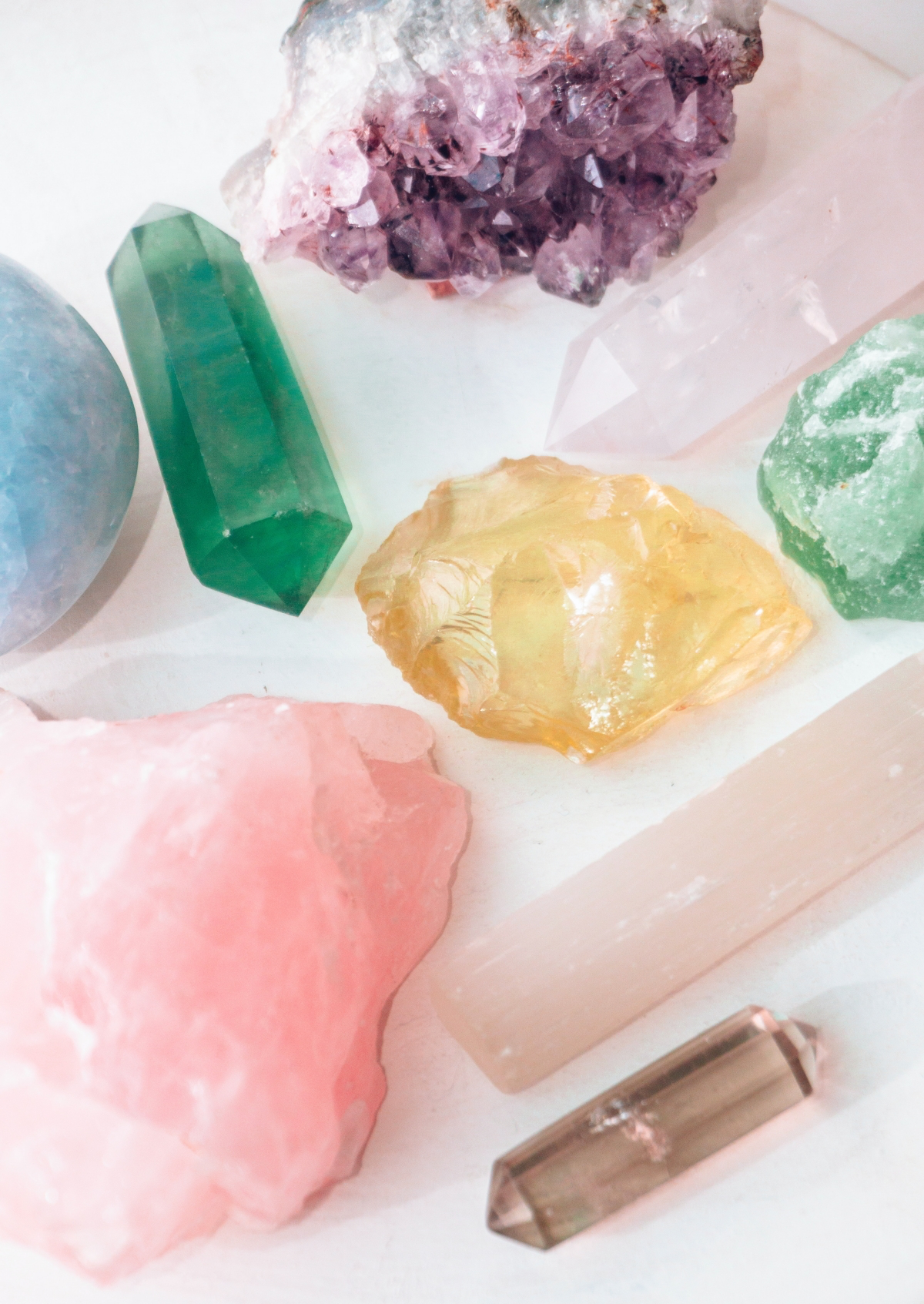
Its chemical recipe is just as important. The gorgeous purple of an amethyst? That’s thanks to a few iron impurities in its quartz structure. A tiny bit of chromium is what ignites a ruby’s red and an emerald’s green. As a jeweler, knowing this helps me identify stones and, more importantly, understand their potential weaknesses.
The Mohs Scale: Your Practical Guide to Durability
In my workshop, the Mohs scale of hardness isn’t just a trivia fact; it’s a daily guide for what’s possible and what’s just plain risky. The scale ranks a mineral’s scratch resistance from 1 (super soft Talc) to 10 (unbeatable Diamond). This is absolutely critical for jewelry you plan to wear often, especially rings and bracelets.
Here’s how I break it down for my apprentices:
- Mohs 7 and Up: This is the sweet spot for everyday wear. Quartz (think Amethyst and Citrine) sits at a 7. This is a big deal because common dust is mostly made of quartz particles. So, anything harder than a 7 won’t get scratched by the dust that’s constantly in the air. Sapphires and Rubies are a 9, making them incredibly tough and a top choice for pieces like engagement rings that see a lot of action.
- Mohs 5 to 7: These stones are gorgeous but need a bit more mindfulness. They’re best for pendants, earrings, or rings you only wear occasionally. Opal (5.5-6.5), Turquoise (5-6), and Lapis Lazuli (5-5.5) are in this group. They’re stunning but can be scratched by something as simple as a steel file or a hard knock against a granite countertop.
- Below Mohs 5: To be frank, these are very soft stones. I rarely recommend them for jewelry unless they’re in a super-protected setting. Stones like Fluorite (4) and Calcite (3) are more for collectors than for wearing. A beautiful fluorite ring might not even last a year of regular use.
Understanding this helps you make a smart choice. An amethyst ring can last a lifetime with basic care, while that fluorite ring might be a short-term heartbreaker.
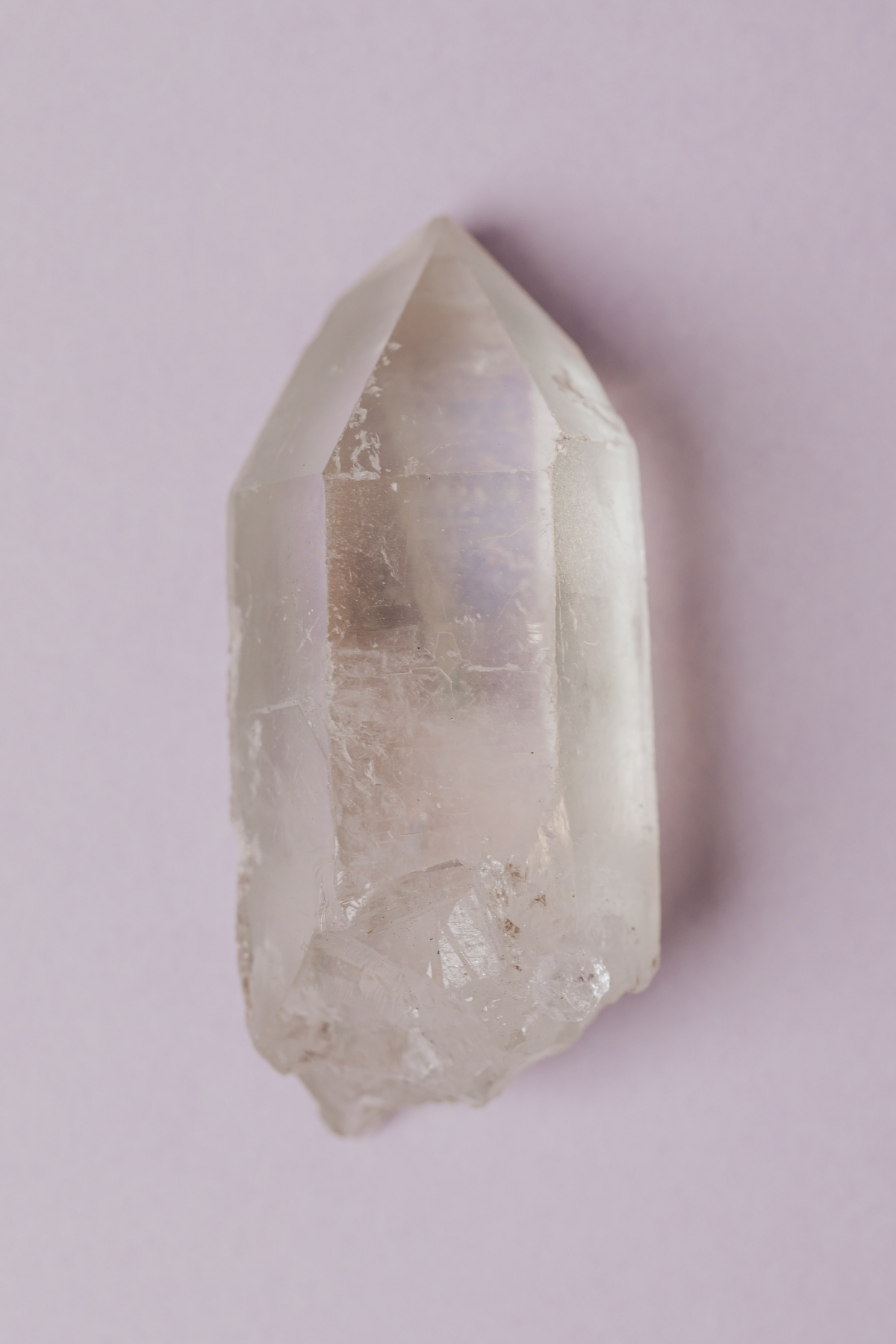
From Rough Rock to Polished Beauty: The Lapidary’s Craft
When you buy a piece of gemstone jewelry, you’re getting the beautiful end result of a very long, hands-on process. As a lapidary (that’s a stone-cutter), I get to be part of that journey. Our techniques are all about maximizing the beauty and stability of each and every stone. This is where true craftsmanship shines.
It all starts with studying the rough stone under a bright light. I’m looking for the richest color, the fewest inclusions (those are internal quirks and flaws), and the strongest orientation. Some stones actually show different colors from different angles. If I cut it the wrong way, a stunning violet-blue gem could end up looking like a dull, muddy grey. Experience teaches you to see the finished jewel hiding inside the rock.
Cutting the stone is a meticulous process. I use a diamond-tipped saw to trim away the unusable bits, then move to spinning discs called laps to grind the basic shape. After the shape is formed, I go through finer and finer grits of diamond paste—from 600, to 1200, to 3000, and beyond. You absolutely cannot rush this. I once saw an apprentice try to jump from a coarse grit to a fine one to save time. The stone looked great while it was wet, but once it dried, it was hazy and dull. A hard lesson in patience he never forgot.
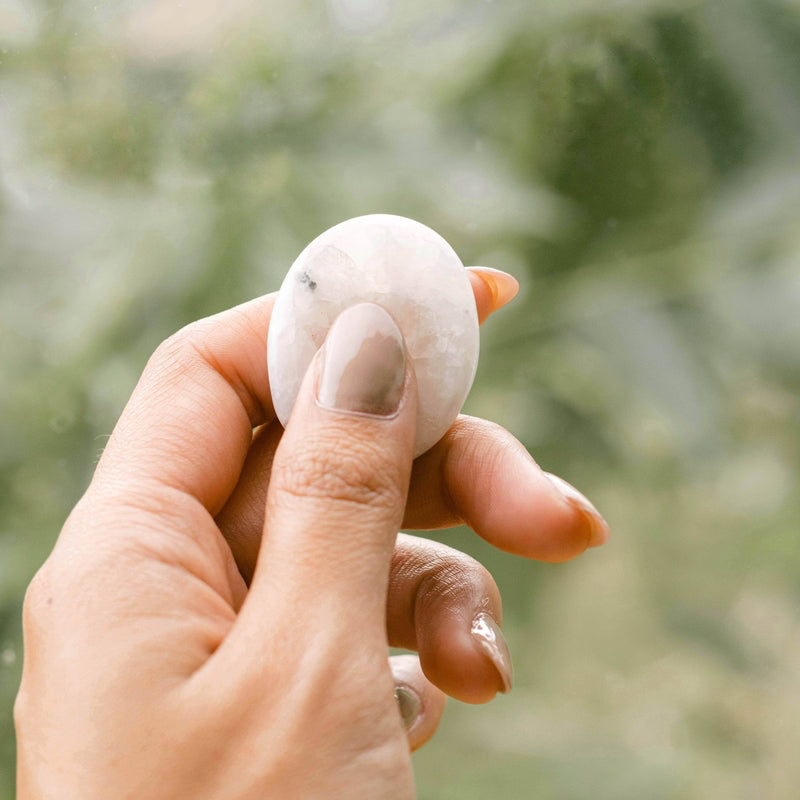
The final stage is the polish. For most quartzes, I use a leather lap with a messy white paste called cerium oxide. For super hard stones like sapphire, it has to be a special lap with an ultra-fine diamond paste. When it’s done right, a perfectly polished stone feels impossibly slick and glassy to the touch.
Setting the Stone: Prongs vs. Bezels
The metalwork that holds your gem is just as critical as the stone itself. The setting style should always be chosen based on the stone’s durability.
A prong setting uses little metal claws to hold the gem. It’s incredibly popular because it lets the most light into the stone, which means maximum sparkle. This works beautifully for hard stones like diamonds, sapphires, and rubies. But I’d never recommend a prong setting for a softer stone like an opal—the prongs create pressure points and leave the stone’s delicate edges totally exposed.
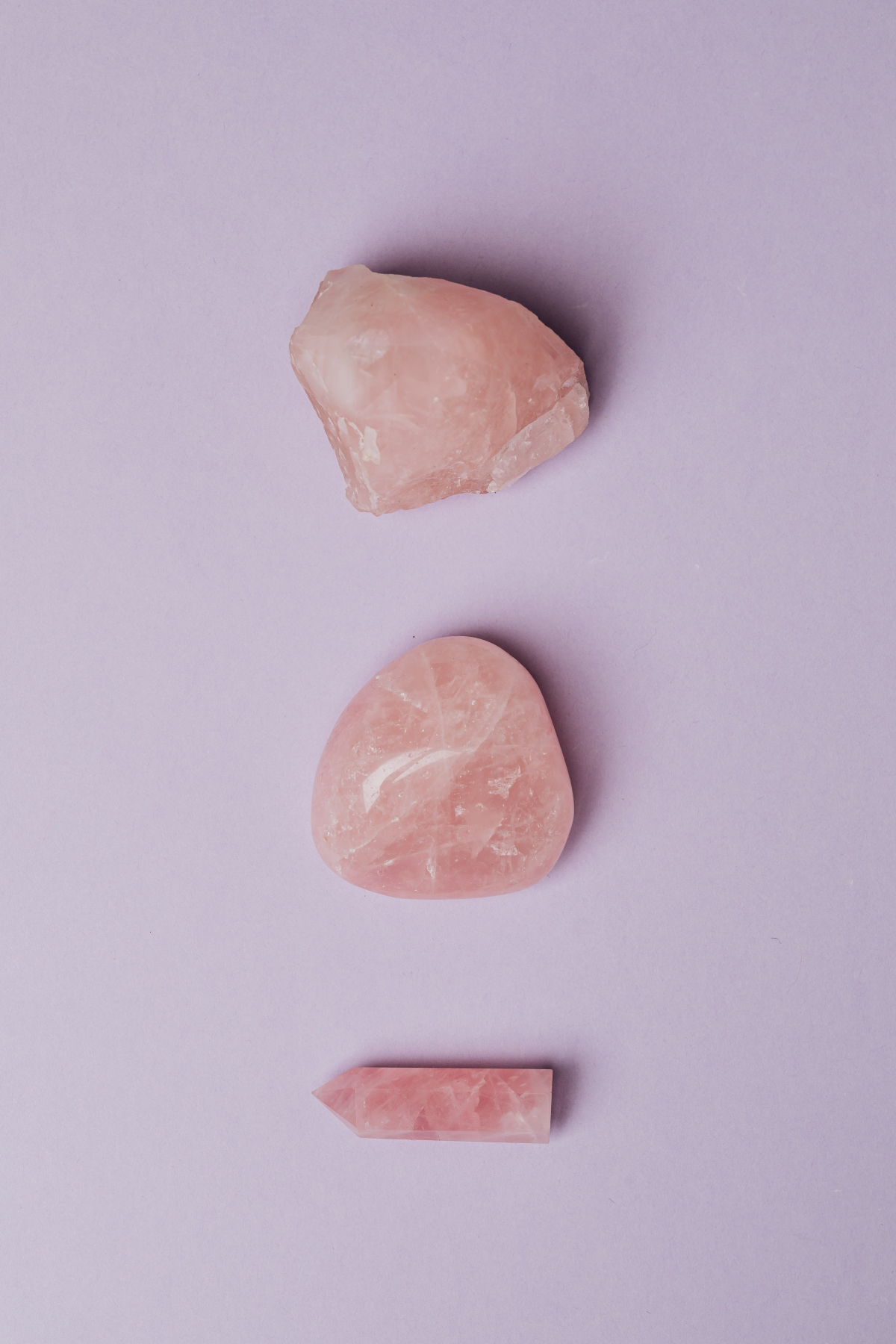
On the other hand, a bezel setting uses a thin metal rim that encircles the stone and folds over the edge, hugging it securely. A bezel offers the absolute best protection. It’s my go-to choice for softer or more fragile stones like turquoise, lapis, or tourmaline. It guards the edges from chips and holds the stone tight. The only trade-off? A little less light enters from the side, so it might sparkle a bit less.
So, what’s the takeaway here? If you want blinding sparkle and have a tough stone (Mohs 8+), prongs are fantastic. If you have a softer stone or you’re just really rough on your hands, a bezel setting is your best friend.
How to Buy Smart: What to Ask and Where to Look
Okay, so now you know a bit about the ‘what’. But what about the ‘how’? Finding a piece you love from a source you trust is paramount. It’s easy to get overwhelmed, but a few key questions can protect you and your wallet.
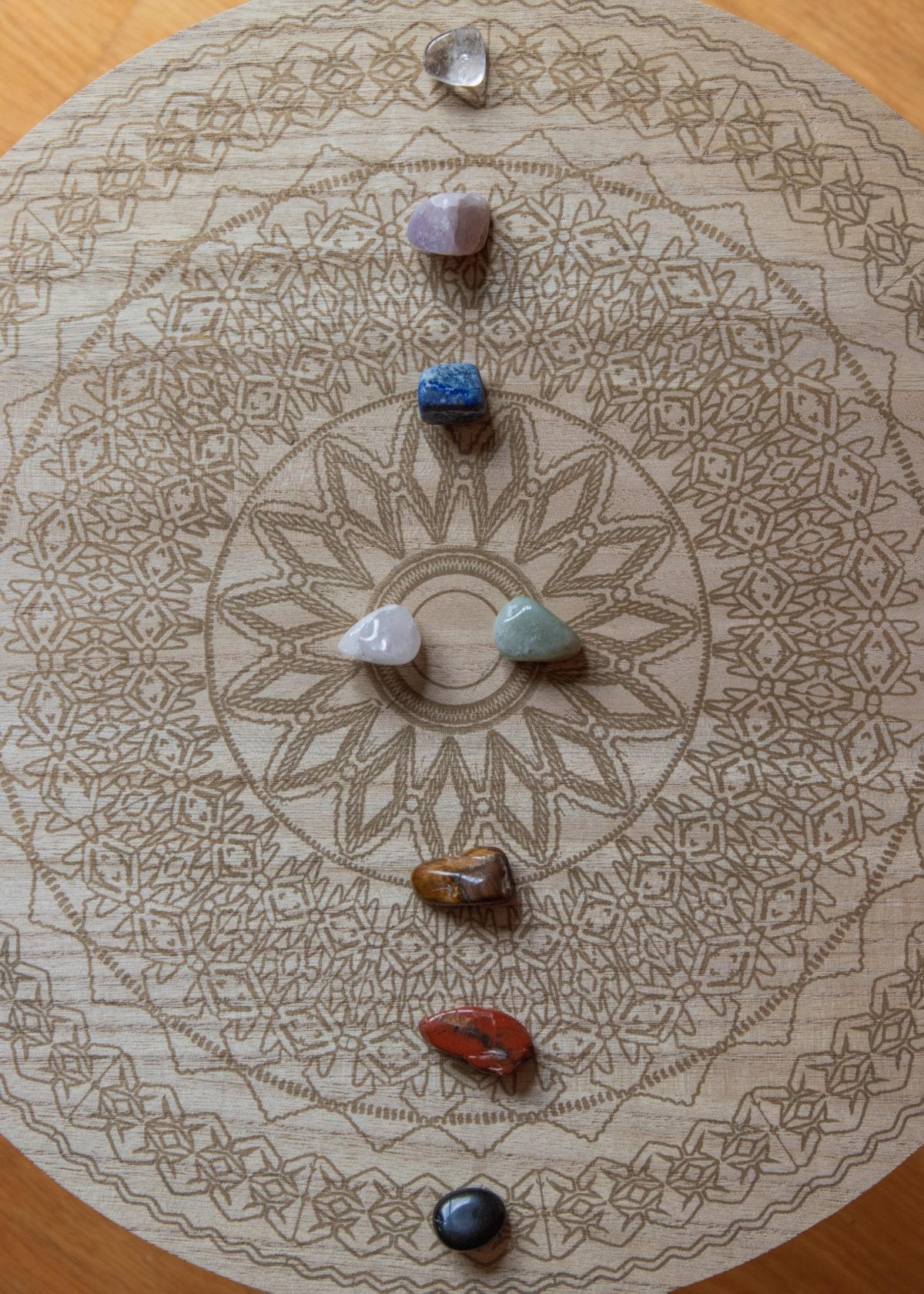
A good, honest jeweler is your best asset. Look for someone with recognized gemological credentials—that’s like the gold standard in the industry and shows they’ve put in the work to be a real pro. They should be happy to answer your questions and volunteer information.
Before you pull the trigger on any gemstone piece, here are a few things you should always ask:
- Is this stone treated in any way? (Ask about heat, oil, dye, etc.) A good seller will be upfront about this. It’s not necessarily a bad thing, but you have a right to know what you’re buying.
- What is its Mohs hardness? This helps you decide if it’s a good fit for your lifestyle.
- Can I see the stone under a jeweler’s loupe? This is a small magnifying glass that lets you see the stone up close. It’s a great way to spot inclusions or surface-level issues.
- What is your policy on repairs and cleaning? It’s good to know what kind of support they offer after the sale.
- For a significant purchase, does it come with a certification? A lab report from a reputable gemological institution independently verifies what the stone is, its quality, and any treatments.
Heads up! A major red flag is a seller who pressures you or gets cagey when you ask questions. If it feels off, it probably is. Walk away.
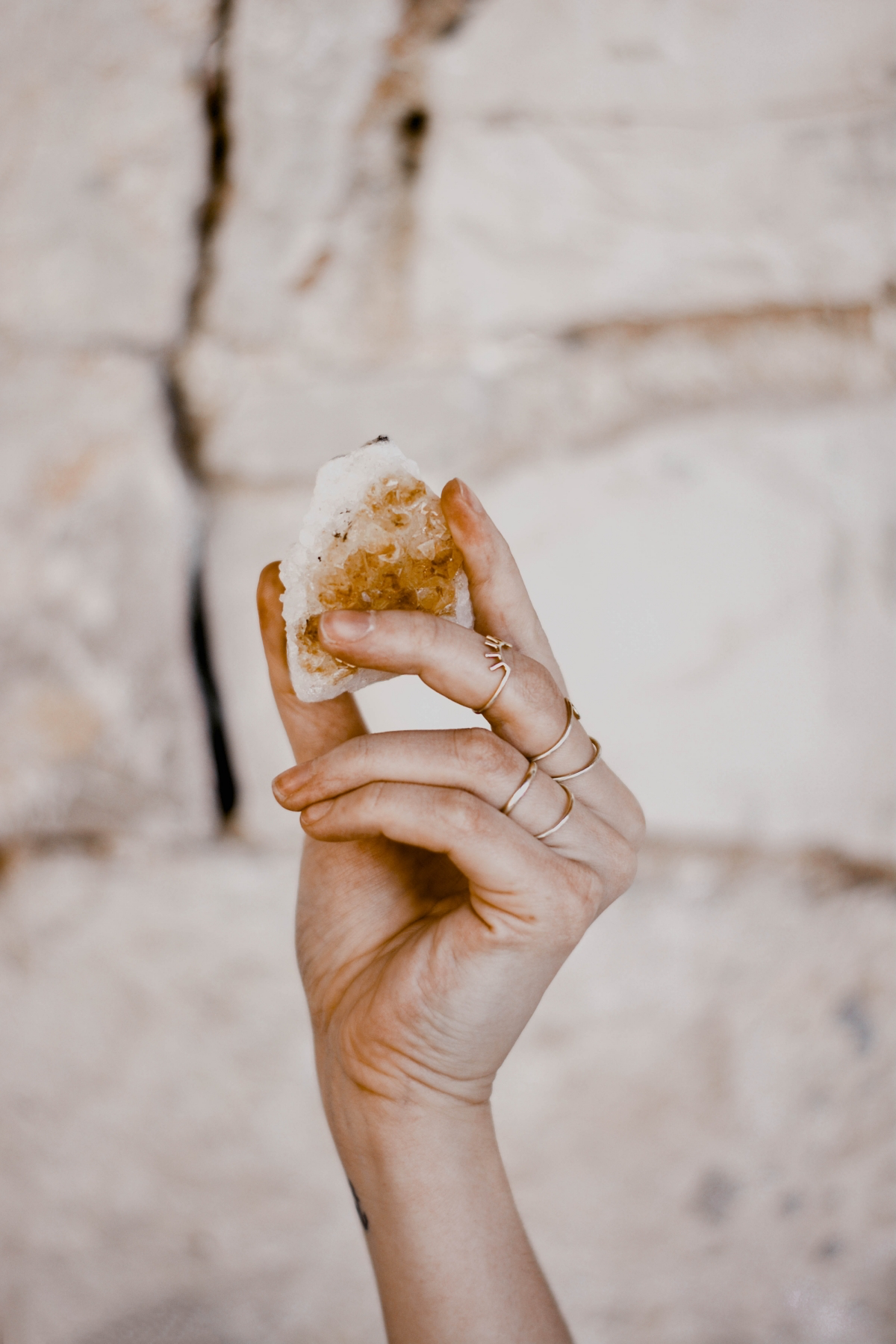
Let’s Talk Money: A Realistic Look at Gemstone Costs
It’s impossible to talk about buying jewelry without talking about price. The “affordability” of the quartz family, for example, becomes a lot clearer with real numbers. A lovely amethyst or citrine set in a sterling silver ring might run you anywhere from $80 to $250, depending on the stone’s quality and the complexity of the silverwork. Now, a sapphire of the exact same size in that same silver setting? You’d be looking at $800 or more, easily. That’s the difference durability and rarity can make!
Untreated, high-quality turquoise from classic American sources can also be quite pricey, especially larger pieces with a beautiful matrix (the host rock pattern). Stabilized turquoise, which has been treated with resin for durability, is much more common and affordable, making it a fantastic and practical choice for most people. An attractive stabilized turquoise pendant might cost $100-$300, whereas a comparable piece of high-grade, natural stone could be ten times that.
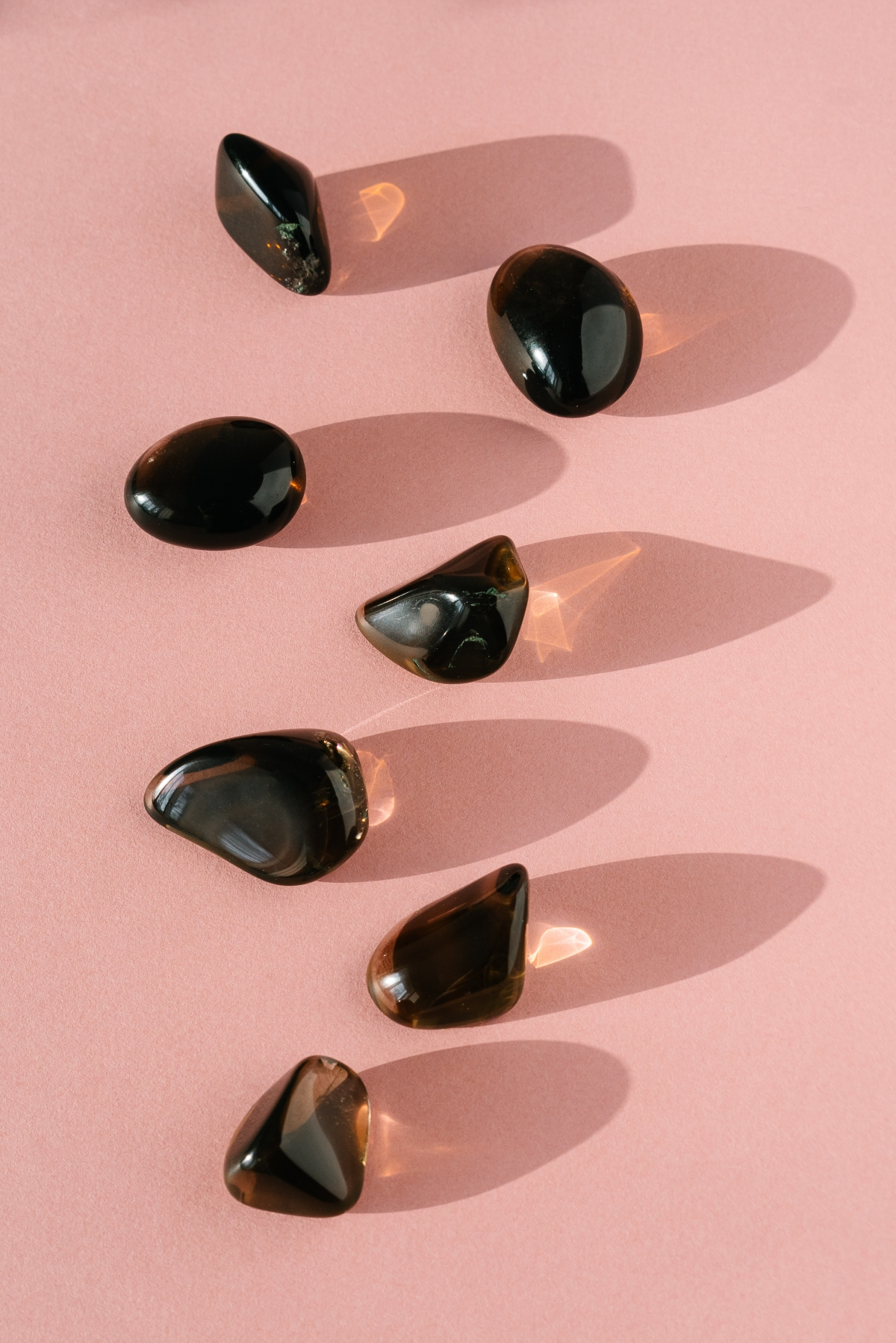
Caring For Your Collection: My Pro-Tips
Good jewelry is tough, but it’s not invincible. A huge part of my job is fixing damage that was completely avoidable. Follow these rules, and your pieces will thank you.
My number one rule is simple: Last On, First Off. Your jewelry should be the last thing you put on after lotions, hairspray, and perfume are all done. And it should be the first thing you take off before bed, showering, or swimming. Chemicals and chlorine are the enemies of both metal and many gems.
And please, be careful with ultrasonic cleaners. While pros use them, we know exactly which stones can handle the intense vibrations. Never, ever put opals, emeralds, turquoise, pearls, or any dyed or composite stone in one. I’ve seen an opal craze into a web of fine cracks in seconds. It’s heartbreaking.
A Jeweler’s Top 3 Pet Peeves (And How to Avoid Them)
- Ultrasonic Cleaning for Soft Stones: As I just said, this is a fast track to destroying emeralds, opals, and other fragile gems. Don’t do it!
- Wearing Delicate Rings 24/7: Taking a soft stone like an opal or fluorite, putting it in an exposed prong setting, and then wearing it while gardening or doing dishes is just asking for a chipped or lost stone.
- The Single Jewelry Pile: Tossing all your jewelry into one box or bag is a nightmare. A hard sapphire will scratch up every other stone it touches. Store pieces in separate soft pouches or a compartmentalized jewelry box.
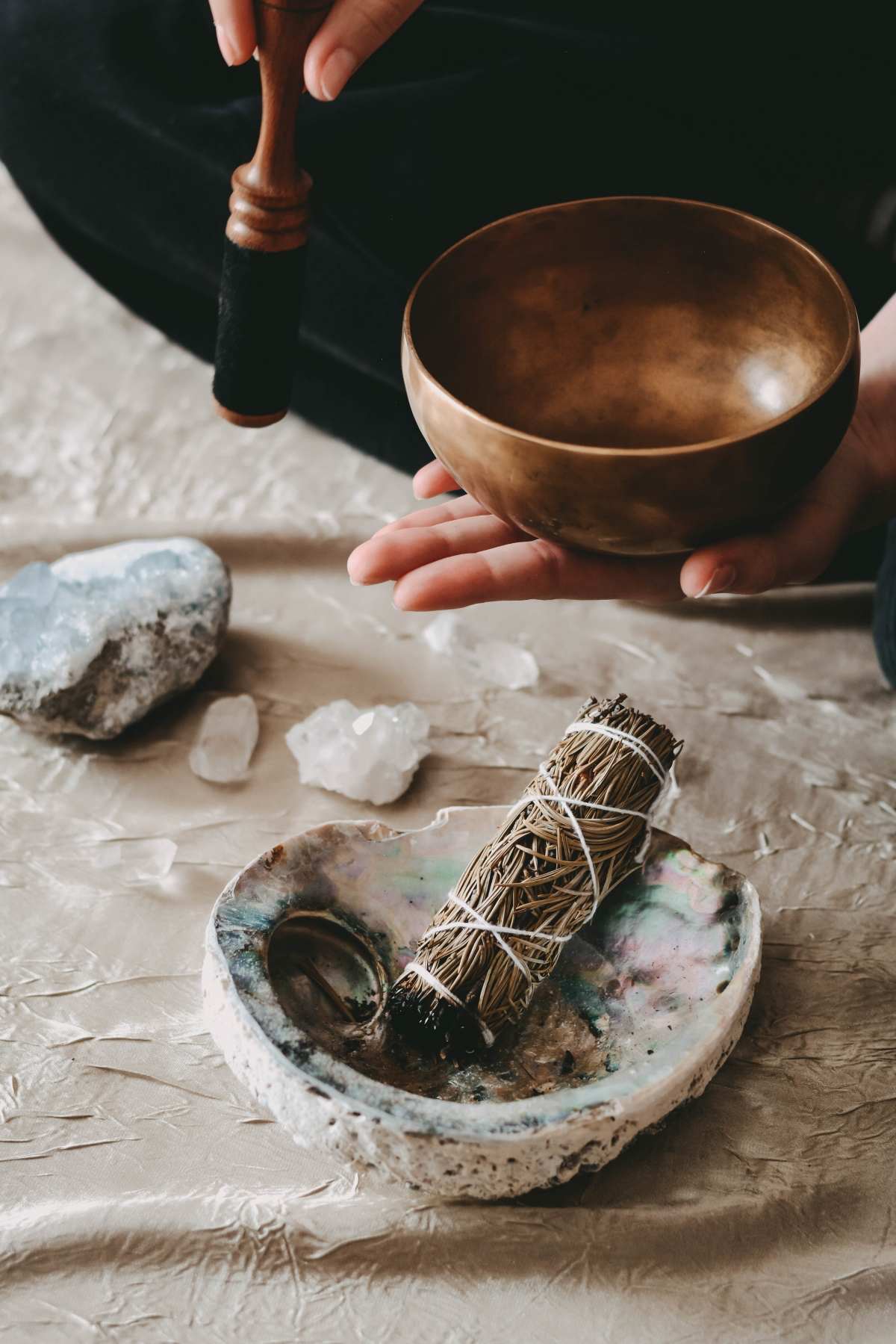
My Fail-Proof 2-Minute Jewelry Wash
For most pieces, this is the safest and most effective cleaning method. It’s what I use at home.
- Get a small bowl of warm water. Not hot!
- Add just ONE drop of a mild dish soap (like blue Dawn).
- Let the piece soak for a minute. (Quick tip: Don’t soak porous stones like turquoise or opal for long at all).
- Gently scrub with a baby toothbrush. Seriously, the bristles are extra soft and perfect for getting into crevices without scratching.
- Rinse thoroughly under lukewarm running water and pat dry with a soft, lint-free cloth.
Try this right now: Go grab your favorite ring. Hold it close to your ear and tap it gently with your finger. Hear a tiny, faint rattle? That means your stone is loose! Take it to a jeweler this week for a quick, inexpensive tightening. You just saved yourself the heartache and cost of replacing a lost stone!
At the end of the day, the connection you feel to a piece of jewelry is real and important. My job is in the physical world of gems and metals. I can make sure a stone is what I say it is, that it’s cut well, and set securely. The personal story it holds for you? That’s what makes it truly priceless. Choose what you love, care for it well, and wear it in good health.
Inspirational Gallery with Photos
A common mistake I see: Tossing all your jewelry into one box. Gemstones can scratch each other! Remember the Mohs scale of hardness. A diamond (hardness 10) will easily scratch a tanzanite (6.5) or an opal (5.5). Store each significant piece in its own soft pouch or a lined compartment.
The Gemological Institute of America (GIA) created the “4Cs” (Color, Clarity, Cut, and Carat Weight) in the 1940s to establish a universal standard for describing diamond quality, a system now used globally.
While originally for diamonds, these principles are a great starting point for evaluating the quality of any transparent, faceted gemstone. A good cut can make a less-than-perfect stone truly sing.
Can I really tell the difference between a bezel and a prong setting?
Absolutely, and it affects both style and security. A prong setting uses tiny metal claws to hold the stone, allowing maximum light to enter for incredible sparkle. It’s a classic choice for engagement rings. A bezel setting, however, encases the edge of the stone in a thin metal frame. It offers superior protection for softer gems like opal or moonstone and provides a sleek, modern look.
- Exceptional durability, resisting scratches even better than a diamond.
- More ‘fire’ or rainbow-like flashes of light than most other gems.
- A significantly lower price point for a visually stunning stone.
The secret? Moissanite. Originally discovered in a meteor crater, this lab-created gem is my go-to recommendation for clients who want the ‘big diamond’ look without the associated cost. It’s not a ‘fake’ diamond, but its own unique and brilliant stone.
The cut of a stone is its personality. Think beyond just sparkle. An emerald cut, with its long, linear facets, creates a sophisticated ‘hall of mirrors’ effect that feels very Art Deco and elegant. A round brilliant cut is engineered for maximum fire and scintillation, a timeless and dazzling choice. The cut doesn’t just shape the stone; it defines the entire character of the jewelry piece.
Thinking about your setting’s metal? The choice dramatically changes a gem’s appearance.
- Yellow Gold: Lends a traditional, warm glow. It can beautifully complement warmer-toned stones like emeralds and rubies, or make a white diamond appear slightly warmer.
- Platinum/White Gold: Creates a cool, crisp backdrop that enhances the colorless quality of diamonds and makes colored stones like sapphires appear brighter and more vivid.
- Rose Gold: Offers a romantic, trendy feel. It pairs exceptionally well with ‘blush’ stones like morganite and certain garnets.
A single gold ring produces, on average, over 20 tons of mine waste.
This is why asking your jeweler about recycled gold is so important. Recycled gold has the exact same purity and value as newly mined gold but bypasses the enormous environmental and social costs of extraction. Brands like Brilliant Earth and Catbird have built their reputations on using recycled precious metals, making it an accessible and responsible choice for new jewelry.
Lab-Grown Diamonds: Chemically and physically identical to their mined counterparts, created in a controlled laboratory setting. They offer exceptional value, often costing 30-50% less for a comparable size and quality.
Mined Diamonds: Formed over billions of years deep within the Earth’s mantle, making each one a unique piece of natural history. They carry a traditional allure and often retain higher resale value.
From my bench, they are the same material. The choice is yours: a marvel of science or a marvel of nature?
Don’t reach for a single, all-purpose jewelry cleaner. The right cleaning method depends entirely on the stone’s toughness and porosity.
- Hard Stones (Diamonds, Rubies, Sapphires): These are generally safe for a soak in a gentle solution of dish soap and warm water. A soft toothbrush can be used to gently scrub behind the setting. Most can also withstand professional ultrasonic cleaners.
- Porous & Soft Stones (Opals, Pearls, Turquoise, Emeralds): Never submerge these. Simply wipe them with a damp, soft cloth. Chemicals and ultrasonic vibrations can cause irreparable damage, discoloration, or cracking.
One of the most rewarding parts of my job is restoring an heirloom. I’ll receive a grandmother’s ring, its band worn thin and prongs loosened after a lifetime of wear. My role isn’t to erase its history but to honor it. We reinforce the shank, rebuild the prongs, and give the stone a gentle polish. The tiny scratches might remain, but the piece is made secure to live another lifetime. It’s a beautiful reminder that jewelry isn’t just an accessory; it’s a vessel for memories, passed from one hand to the next.










